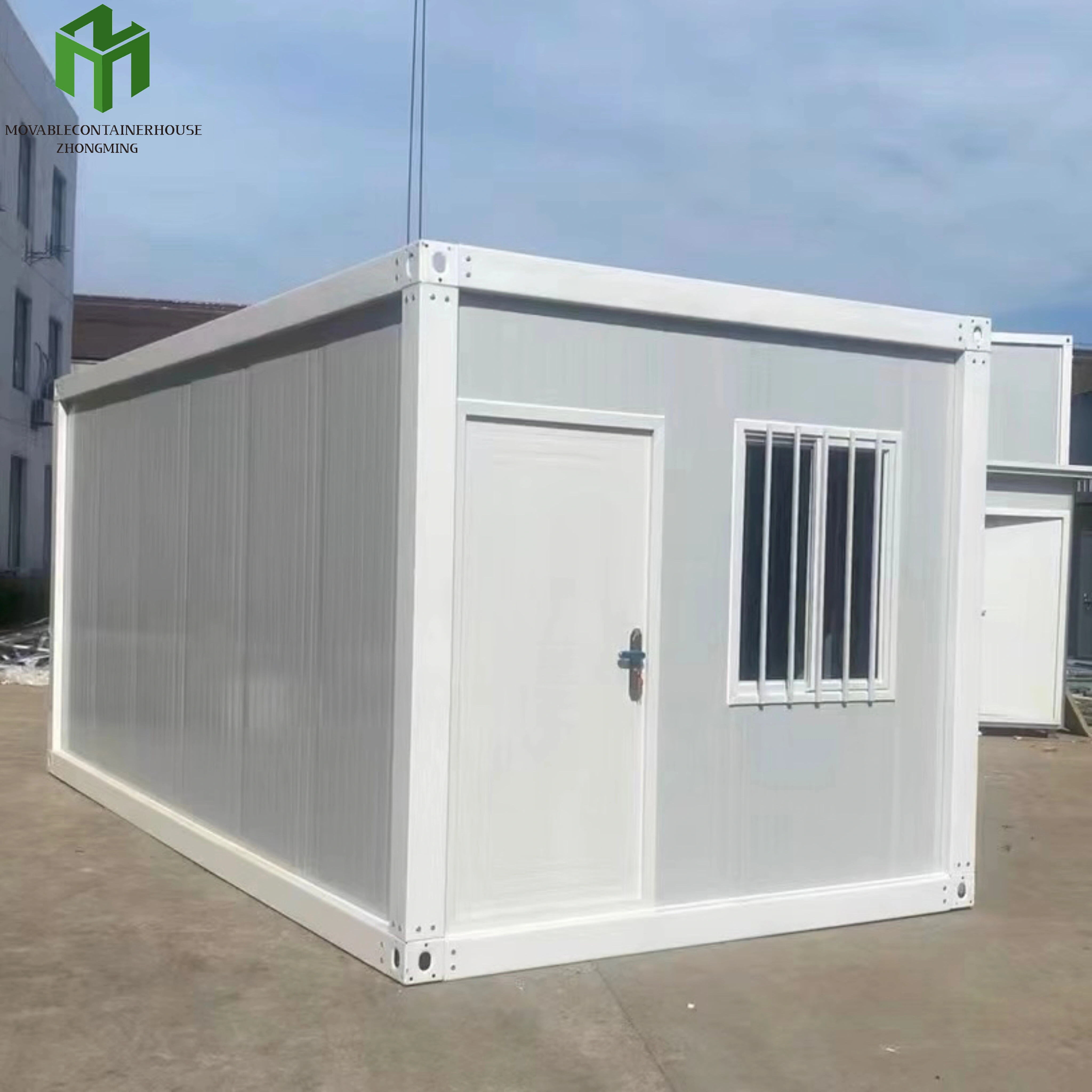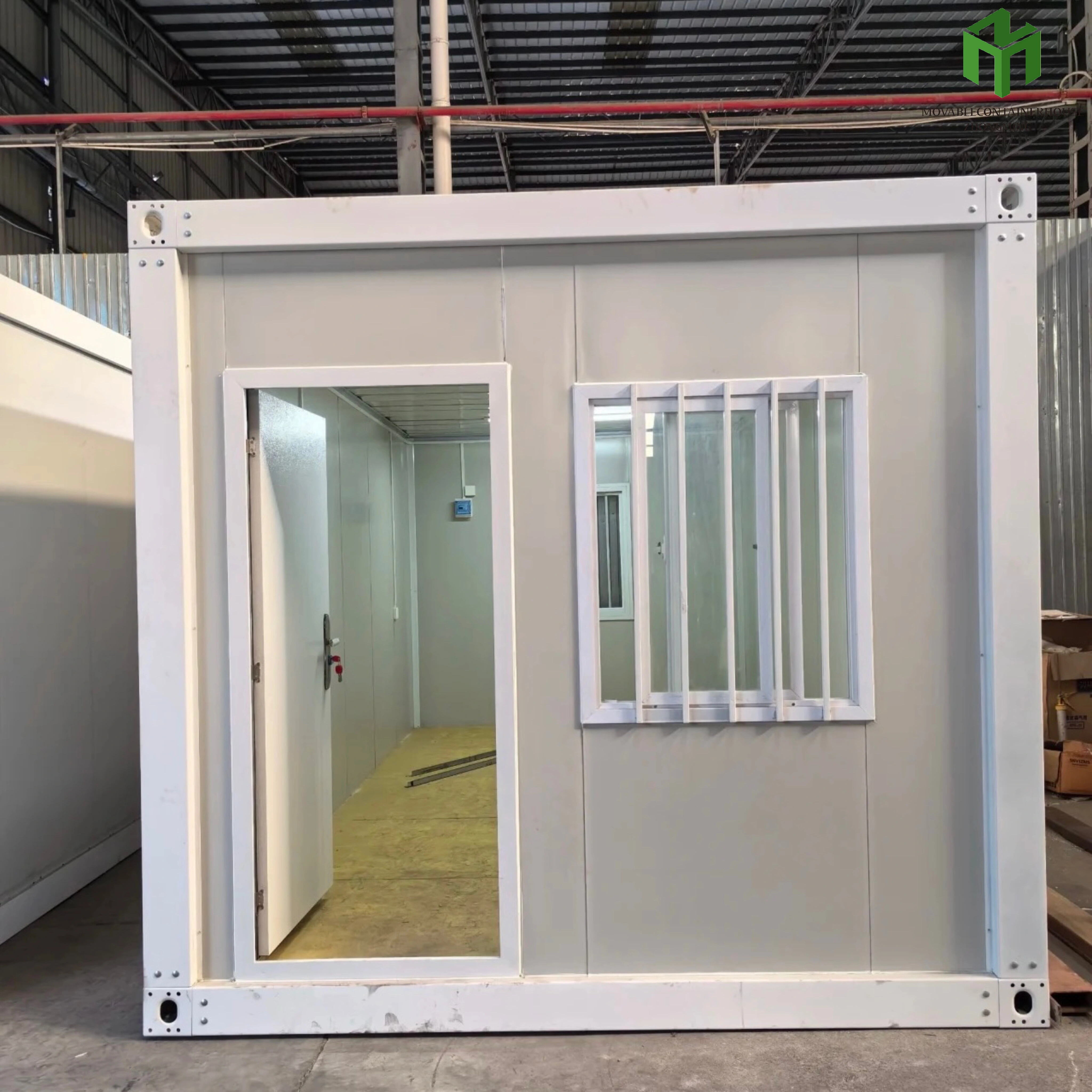The Rise of a New Housing Solution
In recent years, container houses have transformed from a niche trend into a global housing solution. With growing interest in sustainability, affordability, and rapid urbanization, more individuals and businesses are turning to container houses as a viable alternative to traditional buildings. China, known for its advanced manufacturing and cost-efficient production, has emerged as a global leader in supplying high-quality container houses for both residential and commercial purposes.
Key Benefits of Container Houses
Cost-Effective Construction
One of the main reasons container houses are gaining popularity is their affordability. The construction process requires fewer materials and less labor compared to conventional homes. China-based suppliers often provide ready-to-assemble units at significantly lower prices, making container houses attractive for individuals and developers with limited budgets.
Speedy Installation
Container houses can be manufactured and assembled in a fraction of the time required for brick-and-mortar structures. Prefabricated units from China often come fully equipped with electrical, plumbing, and insulation systems. This streamlined setup allows homeowners or business owners to move in quickly and start using the space without lengthy delays.
Eco-Friendly and Sustainable Appeal
Reuse of Steel Shipping Containers
Container houses are an environmentally responsible choice because they repurpose used shipping containers that would otherwise contribute to industrial waste. This recycling process reduces the carbon footprint of construction and supports global sustainability goals.
Energy Efficiency Potential
With proper insulation and the use of energy-efficient materials, container houses can be designed to maintain comfortable indoor temperatures year-round. Many homeowners install solar panels and other green technologies to further reduce their environmental impact.
Versatility Across Different Applications
Residential Uses
Container houses are widely used as full-time residences, guest houses, or vacation homes. Their modular nature allows for customization to fit personal lifestyle needs. Whether it's a compact studio or a multi-unit family home, container houses offer functional and stylish living spaces.
Commercial and Emergency Uses
Businesses and government organizations are also leveraging container houses for a variety of applications, such as pop-up stores, mobile offices, classrooms, and emergency shelters. Their mobility and scalability make them an excellent solution for temporary or remote setups.
Design Flexibility and Customization
Modular and Stackable Features
Container houses can be configured in countless layouts, including multi-level homes or mixed-use structures. The modular nature allows architects and designers to experiment with creative solutions that balance form and function.
Interior and Exterior Design Options
Modern container houses no longer resemble the rough industrial boxes of the past. Today, they can feature hardwood floors, full kitchens, sleek bathrooms, and attractive facades. Buyers can choose finishes, fixtures, and layouts that reflect their taste and requirements.

China's Role in the Global Container House Market
Manufacturing Capabilities
China has become a central hub for container house production due to its extensive steel manufacturing capacity and infrastructure. Chinese factories can produce container house components on a large scale, ensuring consistent quality and timely delivery to global markets.
Competitive Export Advantage
With established logistics networks and export expertise, Chinese suppliers can deliver container houses worldwide. Many manufacturers provide multilingual support, custom design services, and turnkey solutions that make the purchasing process easier for international clients.
Challenges and Considerations
Building Code Compliance
While container houses offer many benefits, they must still meet local building regulations. Buyers need to verify structural safety, zoning laws, and insulation requirements before installation. Many Chinese suppliers assist with documentation and certification to streamline approval processes.
Long-Term Durability
Proper treatment and finishing are essential to ensure the longevity of container houses. Corrosion-resistant paints, insulation, and weatherproofing techniques extend the life of the structure. Chinese manufacturers typically offer advanced anti-rust technologies to protect containers in various climates.
Future Outlook and Global Demand
Urban and Rural Deployment
Container houses are expected to play a growing role in both urban and rural housing strategies. In cities, they provide affordable housing alternatives; in rural areas, they serve as quick solutions for community buildings, clinics, and schools.
Integration With Smart Technologies
Smart home systems, renewable energy installations, and sustainable water solutions are increasingly being integrated into container house designs. These innovations are enhancing livability and making container houses a futuristic choice for eco-conscious consumers.
FAQs
Are container houses suitable for year-round living?
Yes. With the right insulation, HVAC systems, and moisture control, container houses can be comfortable in all climates.
How long do container houses last?
When properly maintained and constructed with quality materials, container houses can last 25 years or more.
Can I customize a container house design before purchase?
Absolutely. Most Chinese manufacturers offer a variety of layouts and finishes that can be tailored to individual preferences.
Do container houses require a foundation?
Yes. Although simpler than traditional foundations, container houses still need a stable base such as concrete slabs or piers for safety and stability.
Table of Contents
- The Rise of a New Housing Solution
- Key Benefits of Container Houses
- Eco-Friendly and Sustainable Appeal
- Versatility Across Different Applications
- Design Flexibility and Customization
- China's Role in the Global Container House Market
- Challenges and Considerations
- Future Outlook and Global Demand
- FAQs


